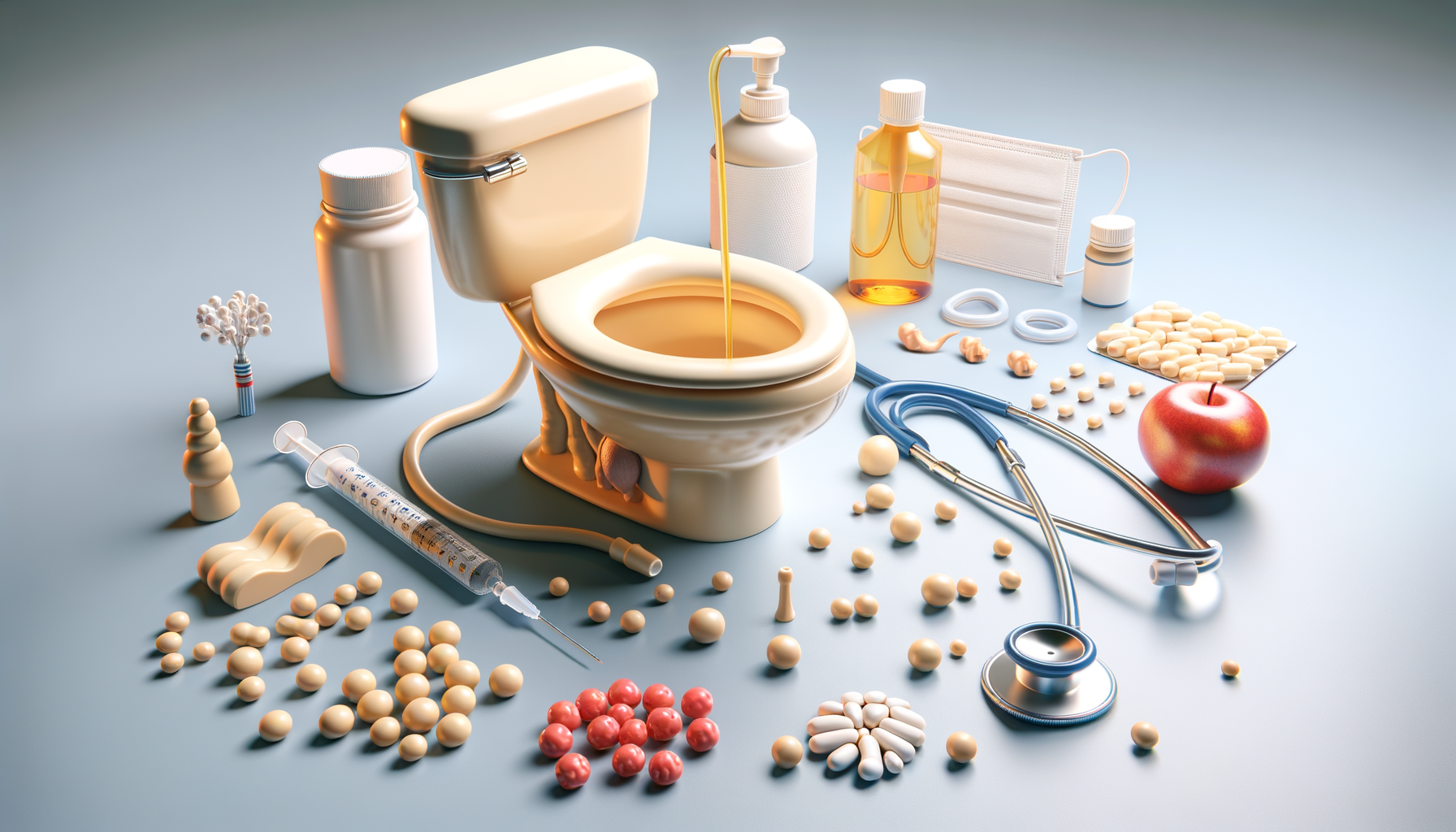Introduction to Urinary Incontinence
Urinary incontinence is a condition characterized by the involuntary leakage of urine. It affects millions of people globally, transcending age, gender, and lifestyle. While often associated with aging, urinary incontinence can affect younger individuals due to various medical conditions or lifestyle factors. Understanding its causes and implications is crucial for managing the condition effectively.
People experiencing urinary incontinence may feel embarrassed or isolated, impacting their quality of life and mental health. The condition can range from mild leaks to severe, frequent accidents. Despite its prevalence, many suffer in silence due to the stigma attached to it, making awareness and education vital components in addressing this health issue.
Types of Urinary Incontinence
There are several types of urinary incontinence, each with distinct characteristics and causes:
- Stress Incontinence: This occurs when physical movements or activities such as coughing, sneezing, or exercising put pressure on the bladder, leading to leakage.
- Urge Incontinence: Characterized by a sudden, intense urge to urinate followed by involuntary leakage, often associated with overactive bladder syndrome.
- Overflow Incontinence: Happens when the bladder is unable to empty completely, causing frequent or constant dribbling of urine.
- Functional Incontinence: Occurs when physical or mental impairments prevent reaching the toilet in time, despite having normal bladder control.
Each type requires different management strategies, highlighting the importance of accurate diagnosis and personalized treatment plans.
Causes and Risk Factors
Understanding the underlying causes and risk factors of urinary incontinence is essential for prevention and management. Common causes include:
- Pregnancy and Childbirth: Hormonal changes and the pressure of a growing fetus can weaken pelvic floor muscles, leading to incontinence.
- Aging: As individuals age, the bladder muscles can weaken, and involuntary bladder contractions become more frequent.
- Menopause: Decreased estrogen levels can affect the lining of the bladder and urethra.
- Prostate Problems: Particularly in men, prostate enlargement or surgery can lead to incontinence.
- Neurological Disorders: Conditions such as Parkinson’s disease, multiple sclerosis, and stroke can interfere with nerve signals involved in bladder control.
Other risk factors include obesity, smoking, and a family history of incontinence. Identifying these factors can help in tailoring preventive and therapeutic measures.
Treatment Options and Management
Treating urinary incontinence involves a combination of lifestyle changes, medical treatments, and sometimes surgical interventions, depending on the severity and type of incontinence:
- Behavioral Techniques: Bladder training and scheduled toilet trips can help manage symptoms.
- Pelvic Floor Exercises: Strengthening the pelvic floor muscles can significantly improve control over urination.
- Medications: Certain medications can help relax the bladder or increase its capacity.
- Medical Devices: Devices like urethral inserts or pessaries can provide support for weakened pelvic muscles.
- Surgery: In severe cases, surgical options such as sling procedures or bladder neck suspension may be recommended.
Consulting with a healthcare professional is crucial to determine the most suitable treatment plan, ensuring a comprehensive approach to management.
Living with Urinary Incontinence
Living with urinary incontinence can be challenging, but with the right support and management strategies, individuals can lead fulfilling lives. Here are some tips for coping with the condition:
- Open Communication: Discussing symptoms with healthcare providers and loved ones can alleviate feelings of isolation and lead to better management strategies.
- Support Groups: Joining support groups provides a platform to share experiences and gain insights from others facing similar challenges.
- Hygiene and Care: Using absorbent pads and practicing good hygiene can help manage symptoms discreetly.
- Lifestyle Modifications: Maintaining a healthy weight, avoiding bladder irritants like caffeine, and quitting smoking can reduce symptoms.
By understanding and addressing urinary incontinence, individuals can regain control and improve their quality of life.








